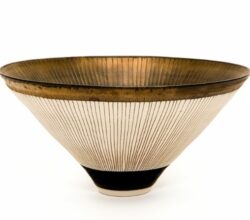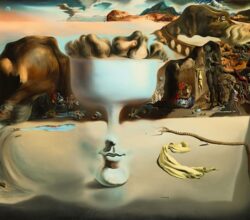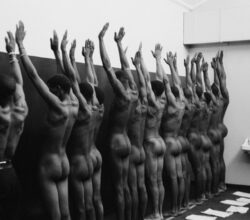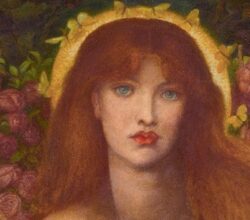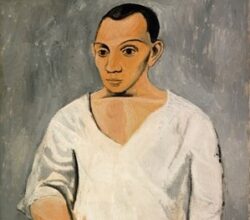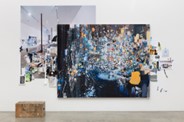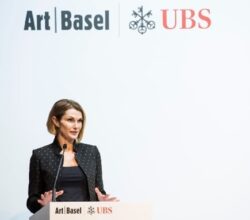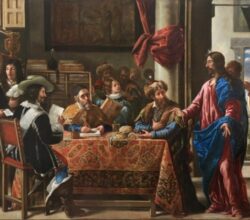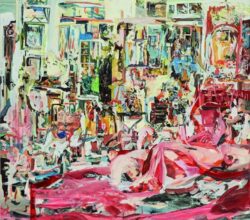
Cecily Brown Destroys Time—Throughout Her Life and Now at the Met
Kat Herriman | Cultured | 4th April 2023
1990’s London had little interest in “retrograde” painting, so Brown moved to New York. Meteoric success followed including, now, a prestigious mid-career survey. What has caught the eye of critics and the market is how, reminiscent of de Kooning, she combines abstraction and figuration. Further, her paintings address themes that were of interest to the Old Masters – still life, the nude, memento mori. Says the writer, Brown is an “aesthetic omnivore”. Brown discusses the show here (5 min).

